A search for environmentally friendly inks led researchers to microalgae biofactories, providing a renewable biomass solution.
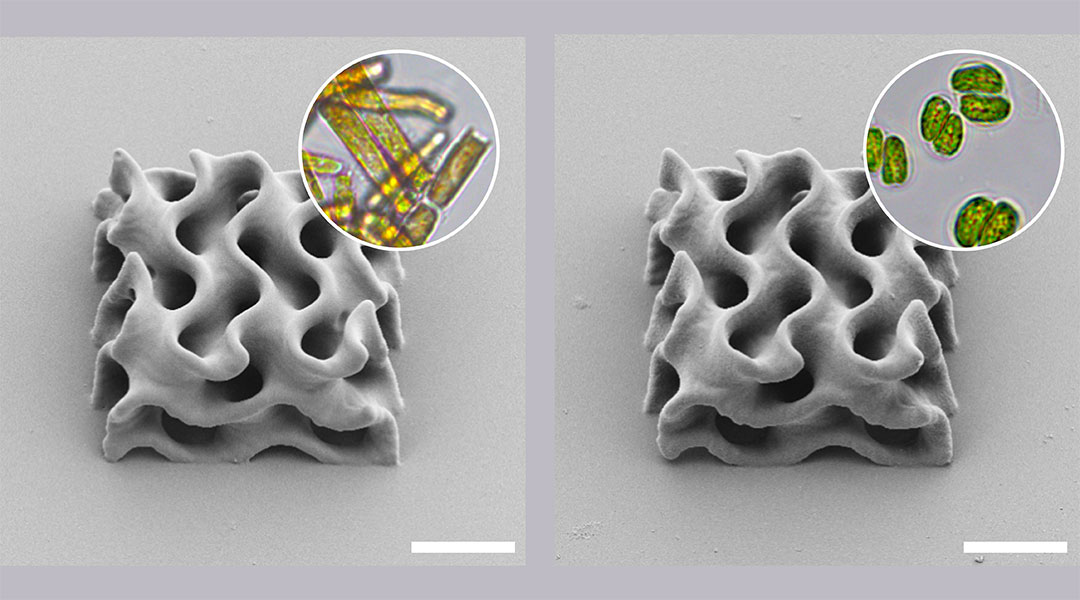

A search for environmentally friendly inks led researchers to microalgae biofactories, providing a renewable biomass solution.

When the light absorbers are made very small, almost all the device performance metrics improve—but doing this is easier said than done.

Participants with lie-detecting AI were more likely to trust it, more readily agreeing when it falsely labeled something a lie.
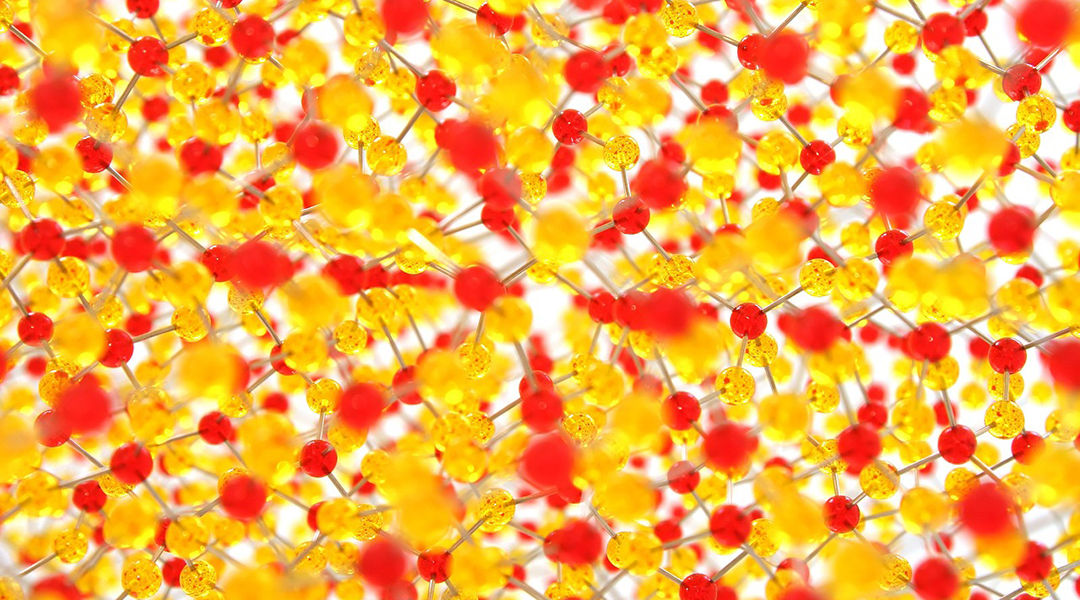
An Ising machine built on lattice defects solves problems faster than conventional computers without the drawbacks of quantum systems.
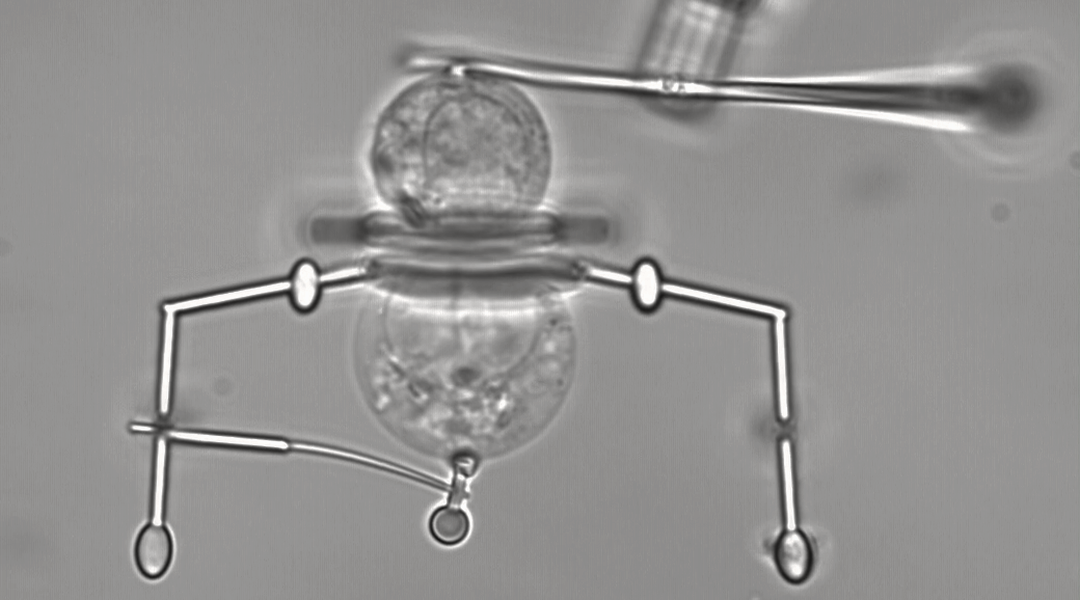
Fitted with nanoscale grippers, these microrobots offer new opportunities for imaging and manipulating single cells.
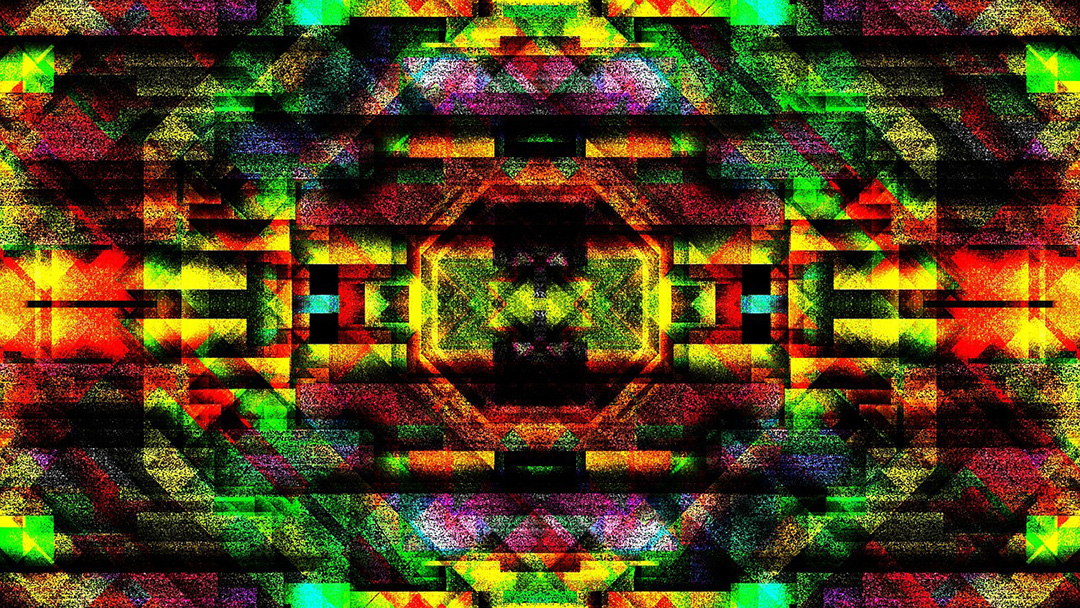
This is just the beginning, say scientists working on the new technology.
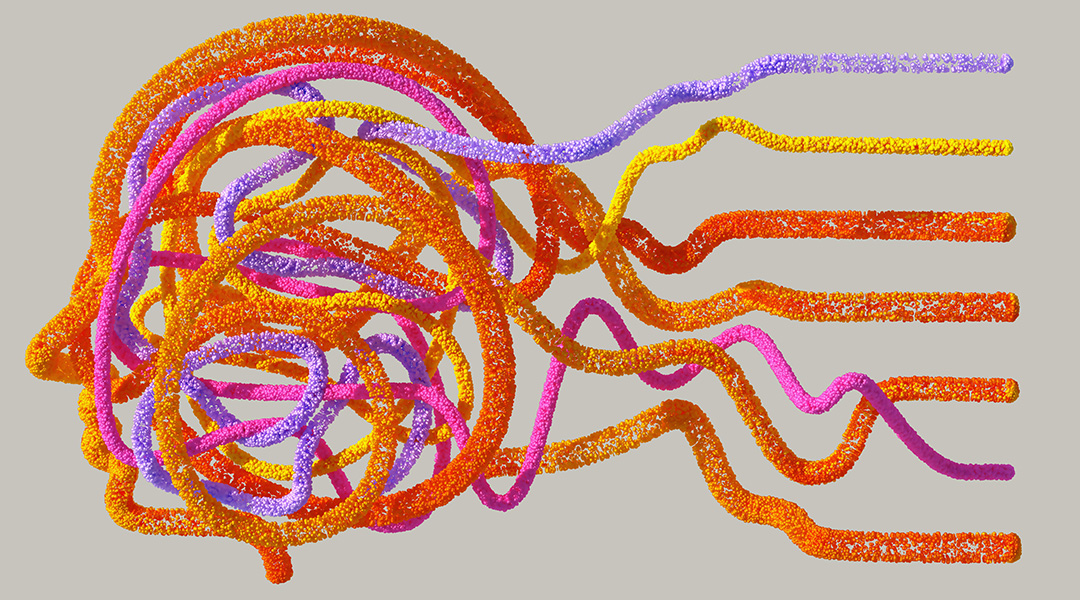
Preventing sudden and unexpected death hinges on accurately predicting the onset of epileptic seizures, even those with the rarest occurrences.

A neural network was able to evaluate connections between brain structure and clinical data to predict psychiatric disorders in youth.

This robotic feeding system trained with machine learning will transform lives, giving independence to those with severe mobility issues.

With its unique carbon fiber skeleton, this jumping robot closely mimics the energy-storing tissue found in insects.